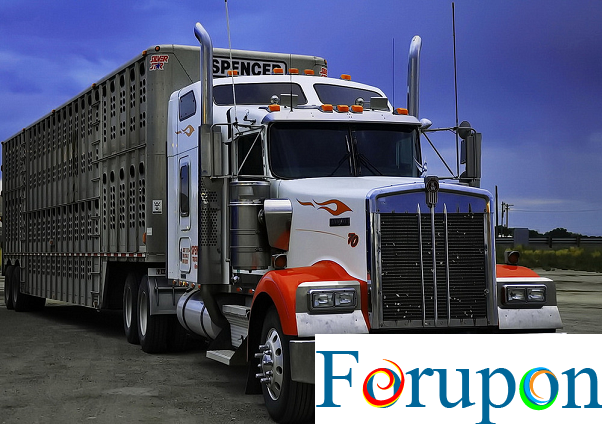Blind Spots – Eighteen Wheeler’s Blind Spots Truck Accident
Truck Accident Avoidance: Know an Eighteen Wheeler’s Blind Spots
Blind Spots -Of all the vehicles on the road, large 18-wheeler trucks pose the most danger to cars. Their heavy loads increase their braking distance and their enormous size creates huge blind spots (also called no-zones).
For upon | While truck drivers are trained to frequently check their mirrors so that they can track cars before entering their blind spots, they can’t always do this because of fatigue or distraction. Therefore, it is up to the car driver to be aware of the truck’s blind spots and to drive accordingly.
The Four Blind Spots
- There is a blind spot in front of the truck that extends about 20 feet out from its front bumper. This is caused by the height of the truck’s hood above the road. Motorcycles and sedans should always avoid this area. When passing a truck, don’t pull back into its lane until you can see the top of the truck in your rearview mirror. At this point, its driver will be able to see you. Never cut off a truck especially while braking.
- To the rear of the truck is a blind spot that extends about 200 feet back from its rear bumper. Avoid this area because the truck blocks your view of the traffic ahead. If the truck suddenly brakes, you will have little time to react. You will also be exposed to debris kicked up by its tires and possible loose cargo dropping onto the road.
- The blind spot on the truck’s left side starts at the driver’s door and extends back to the trailer’s midsection. Never linger on this side of a truck because you shouldn’t count on the truck driver’s awareness of your presence in its blind spot. Steadily pass the truck.
- The truck’s right-side blind spot begins at the truck’s front and angles back to its rear. It also extends three lanes out to the right. This blind spot is larger than the one on its left side. Avoid passing the truck on the right. Be especially careful at intersections. Trucks make wide right turns and their large right-side blind spot means they can easily collide with a car that tries to squeeze by.
Keep an eye on the truck’s mirrors. When you can’t see the driver’s face in any of his mirrors, then you are in a blind spot.
If you or a loved one were injured in a truck accident, you may be entitled to compensation for related losses. Contact us for a free consultation.
The article was originally published here.
TO GET MORE KNOWLEDGE ABOUT Blind Spots, PLEASE VISIT OUR SITE: forupon.com.


Comments are closed.